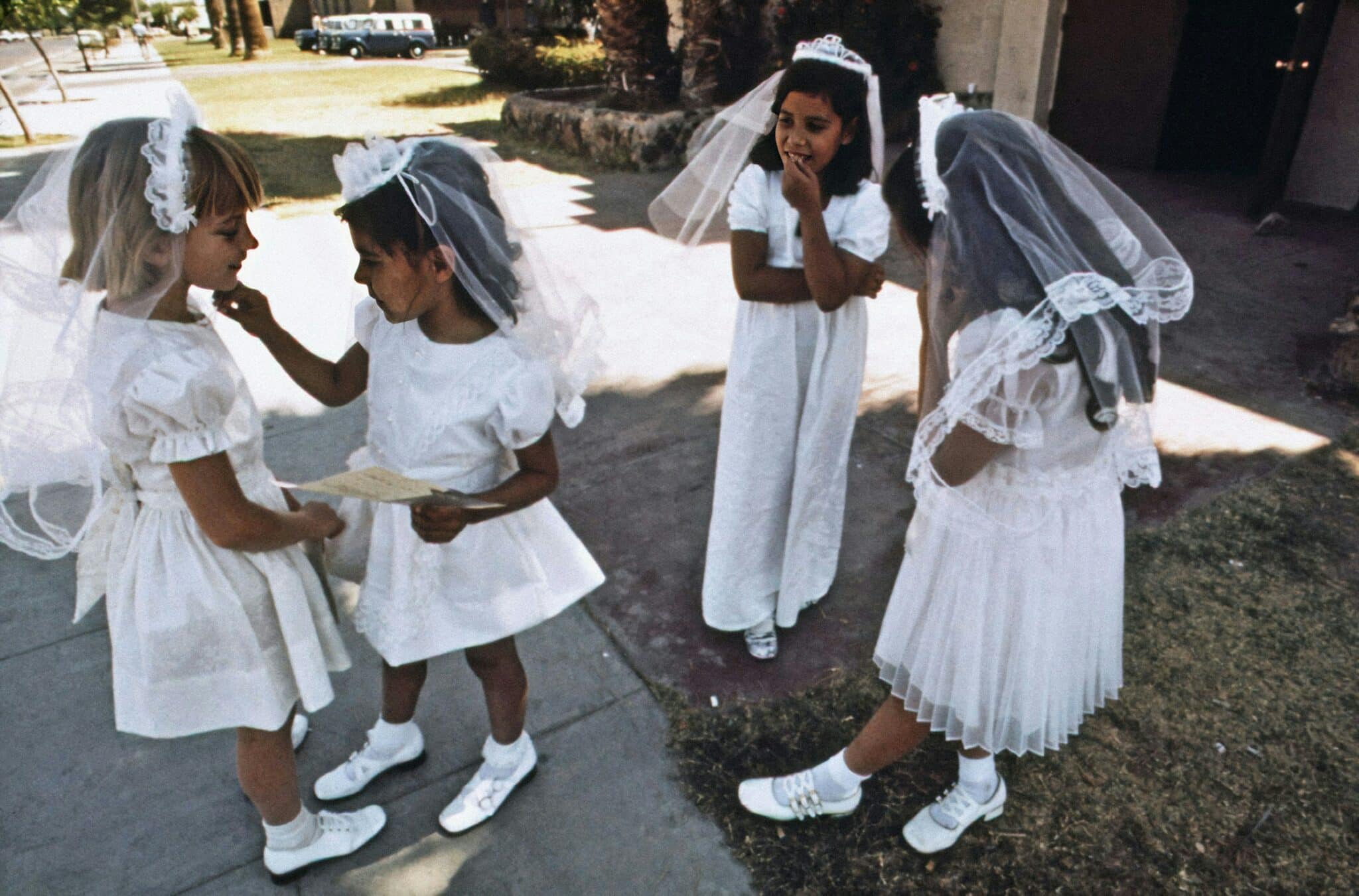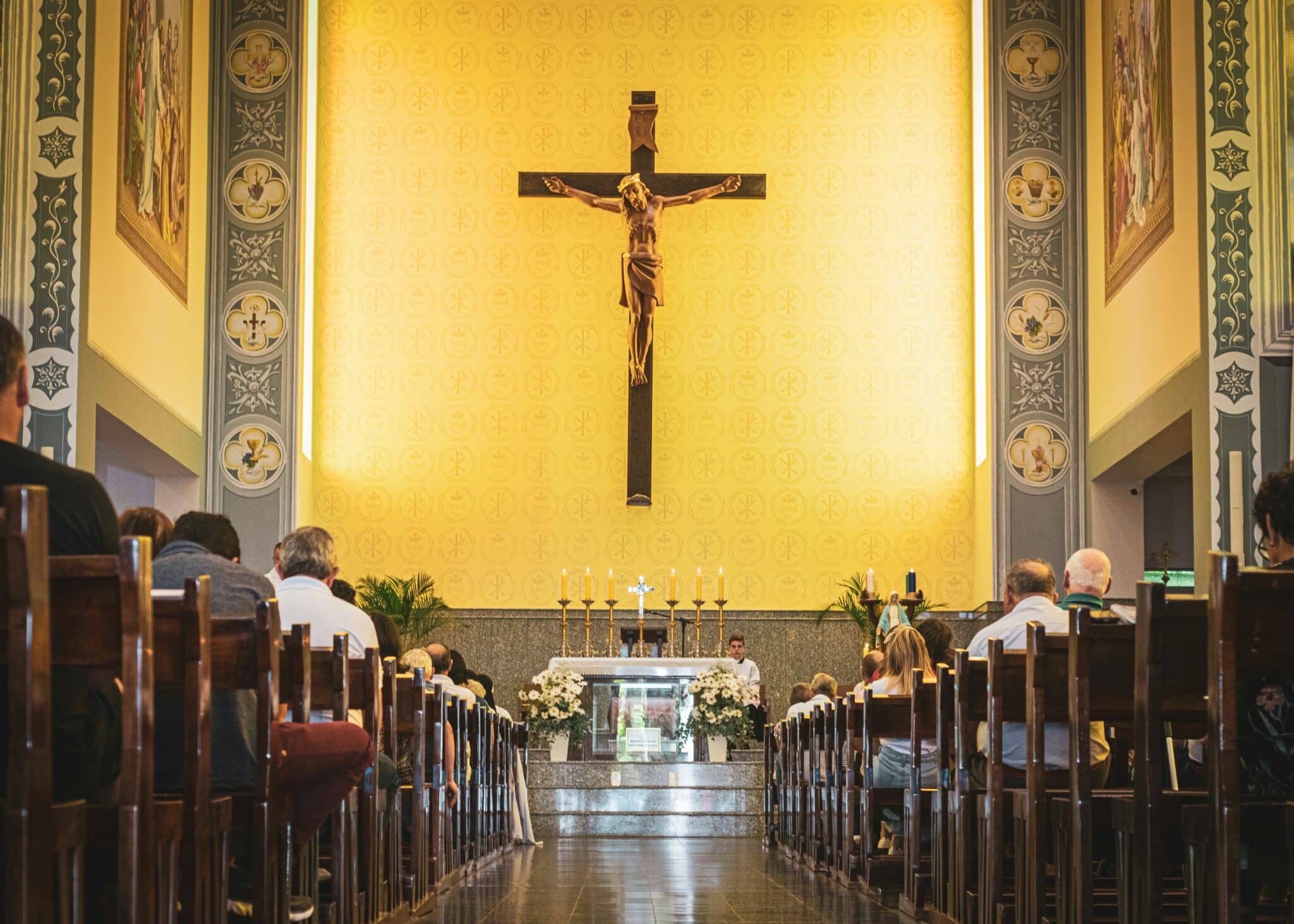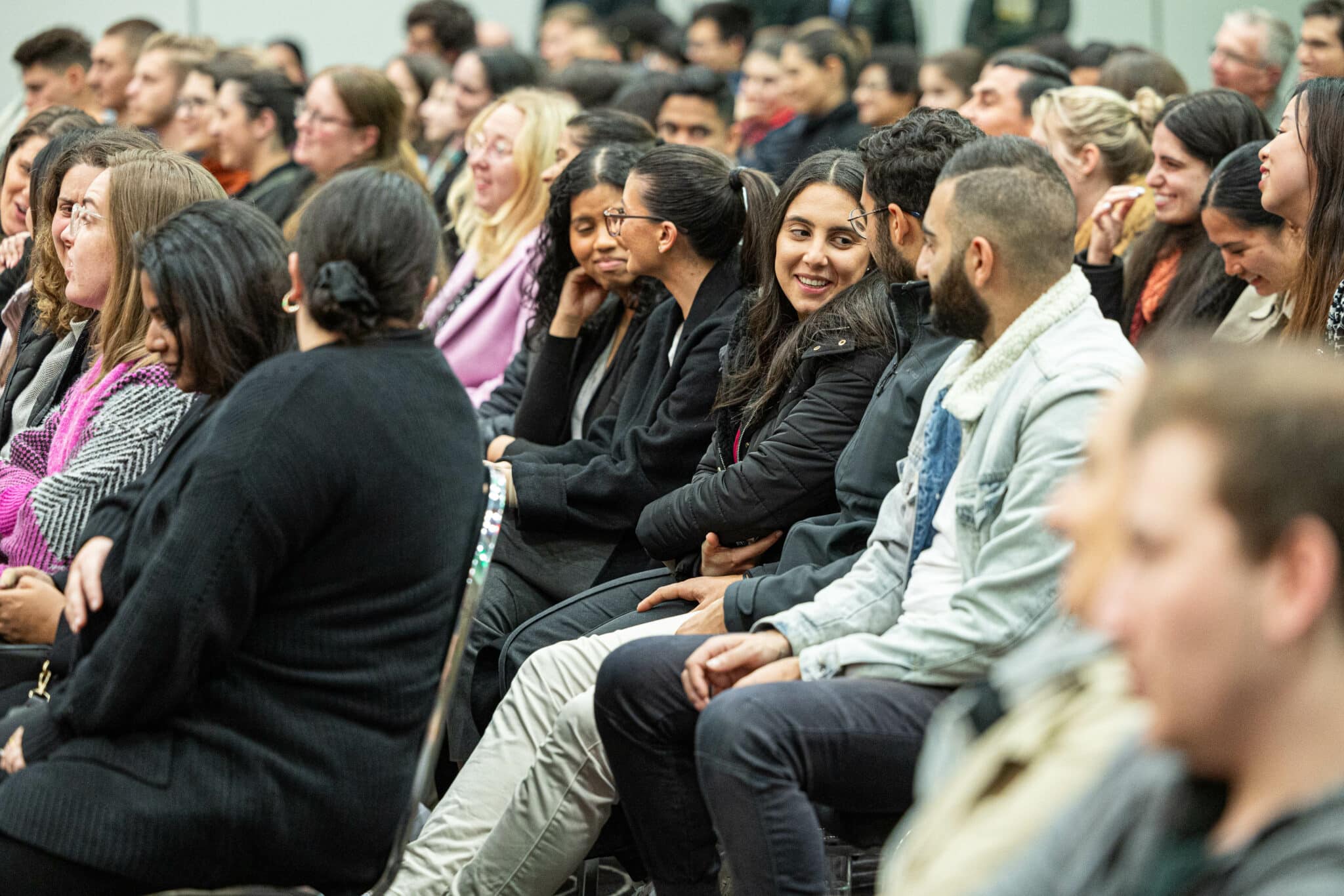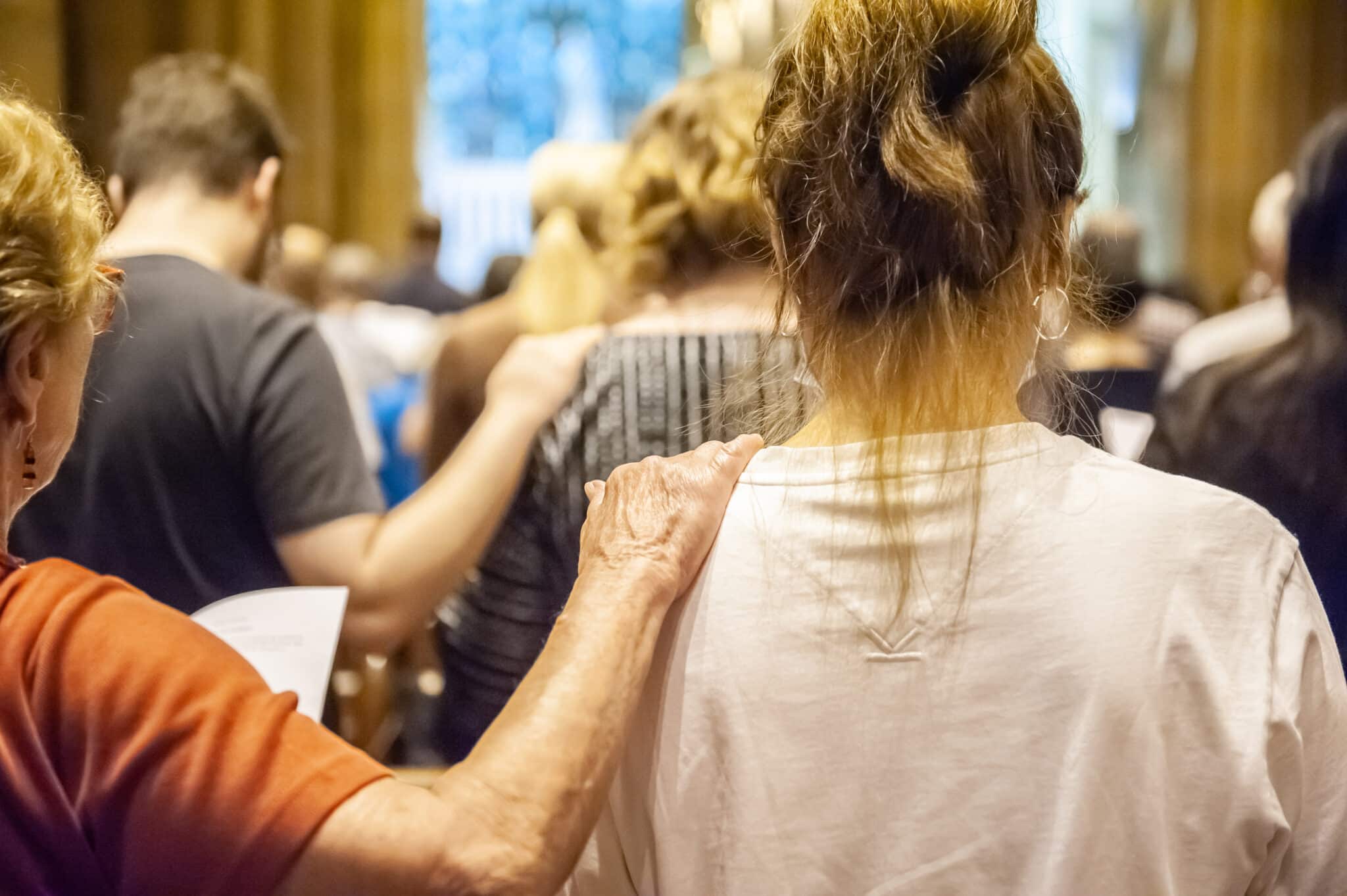
My youngest child, who is nine, was recently confirmed, and then she received her First Holy Communion at the same Mass. She is the first kid in our family who has participated both in the “restored order of sacraments,” and in whole-family faith formation.
Most of my children received their sacraments in the same order as I did: First baptism as babies, then first confession and first Communion at age eight or nine, and then confirmation at about age 15. And my kids have been through possibly every style and program of catechesis available. The best combination I have seen is restored order of sacraments in conjunction with whole-family catechesis.
I understand why there is often resistance to the restored order of sacraments. One of the reasons parishes began to push confirmation back, uncoupled from First Communion and baptism, and made it into a sort of coming-of-age sacrament for teens, is because families would show up when there was a big ceremony, and then disappear again, and never set foot inside a church again until it was time to get married with a pretty backdrop.
And so confirmation turned into a second chance to give some catechesis to kids before they turned 18. It was an opportunity to teach them something beyond a young child’s level of catechesis.
What predictably happened was that some kids would show up for their First Communion, and then disappear for eight years and expect to be confirmed, even though they had been AWOL the whole time. Some parishes began piling on requirements before a person could be confirmed: They had to attend a certain number of classes or years of classes, write letters to the bishop, write essays or design projects, log community service hours, go on overnight retreats, and so on.

The intention was to get the kids actually involved and educated, rather than just going through the motions; it created the impression that confirmation is something that one can earn, like a bonus for working overtime.
All sacraments are free gifts of the Holy Spirit, and not only should we not require people to earn them, there is no way we can earn them. Still, it didn’t seem right to confirm young adults who could barely tell you how many persons of the Trinity there are. A dilemma!
The restored order of sacraments… doesn’t solve this dilemma. But it provides an opportunity for parents to solve it, for their kids and sometimes for themselves. Restored order of sacraments sends the same message that whole family faith formation does: What we learn about Christ is a beginning, not an end; and it’s our responsibility to keep nourishing our faith, even when there’s no clear and obvious prize.
At our parish, whole-family catechesis works like this: Once a month, parents meet with the leader of religious education and the pastor. Everyone has a parent book and a student book, which is for our kids. We review the material for the coming month, and then the pastor gives a short talk on what he thinks is the most important part; and then the parents split into groups and go through some pre-written discussion questions.
There are also less frequent “family days,” where the parents and the children meet for liturgical crafts and activities and cookouts. And then, in between meetings, the parents go home and teach their kids. That is the crux of it.

If I had been given a choice, I would not have chosen this system. I don’t like going out in the evening, and I don’t like talking to other people I don’t know well, and I dearly wish I could just send my kids off and have them come back all stuffed with knowledge and grace. But since this program was thrust upon us, I have to admit, I very clearly see its strength.
The parents see that there are other people, from many different walks of life, who are both taking their kid’s religious education and their family’s spiritual life seriously; and they also see that most of us all struggling with some aspect of it, even if only the struggle to be consistent.
More importantly, it’s a tremendous opportunity for parents who may have had spotty catechesis themselves to fill in some gaps, to ask the priest questions, or even just to think seriously about aspects of their faith that they may not have considered for many years.
The absolute best way to understand a concept more deeply is to teach it to someone else.
Some Catholics struggle with actual theological issues, and that prevents them from passing their faith on to their kids; but many others are also facing lesser obstacles, like shame that they don’t know their faith very well themselves, or even just inertia. It’s really hard to get yourself going, and sometimes having a pre-scheduled meeting and a workbook to work from, is enough of a boost.
It was emphasised to us several times that the materials were ours to tailor to our family’s needs. Nobody is doing every lesson, quiz, craft, background reading, and enrichment project from the book; but all of them had some value, and the parents presumably know best which ones will hit home the most, and which ones can actually be achieved in their particular households.

I don’t like every bit of the book our church uses. But I’m a big believer in using situations like that as a valuable moment, and I might say something like, “The book says this, but I think that misses the mark a little bit. I think of it more like THIS.” This not only teaches the kid the fact I want her to know, but it shows her that I take it seriously and think about it, and that there are different ways of approaching the same truth.
This is why it works so well in conjunction with the restored order of sacraments. They both emphasise the continual nature of our life in the faith. They are both more demanding and more rewarding than any other system.
Kids may still decide that, once they’re on their own, they don’t want anything to do with the faith. But that was always the case. Any system designed to entrap a soul and make it difficult to avoid spiritual formation is not really about Jesus anyway.
It’s always about freedom, in the best sense: The freedom to see the truth, and to find it so compelling that you keep following it, even if no one is making you.
